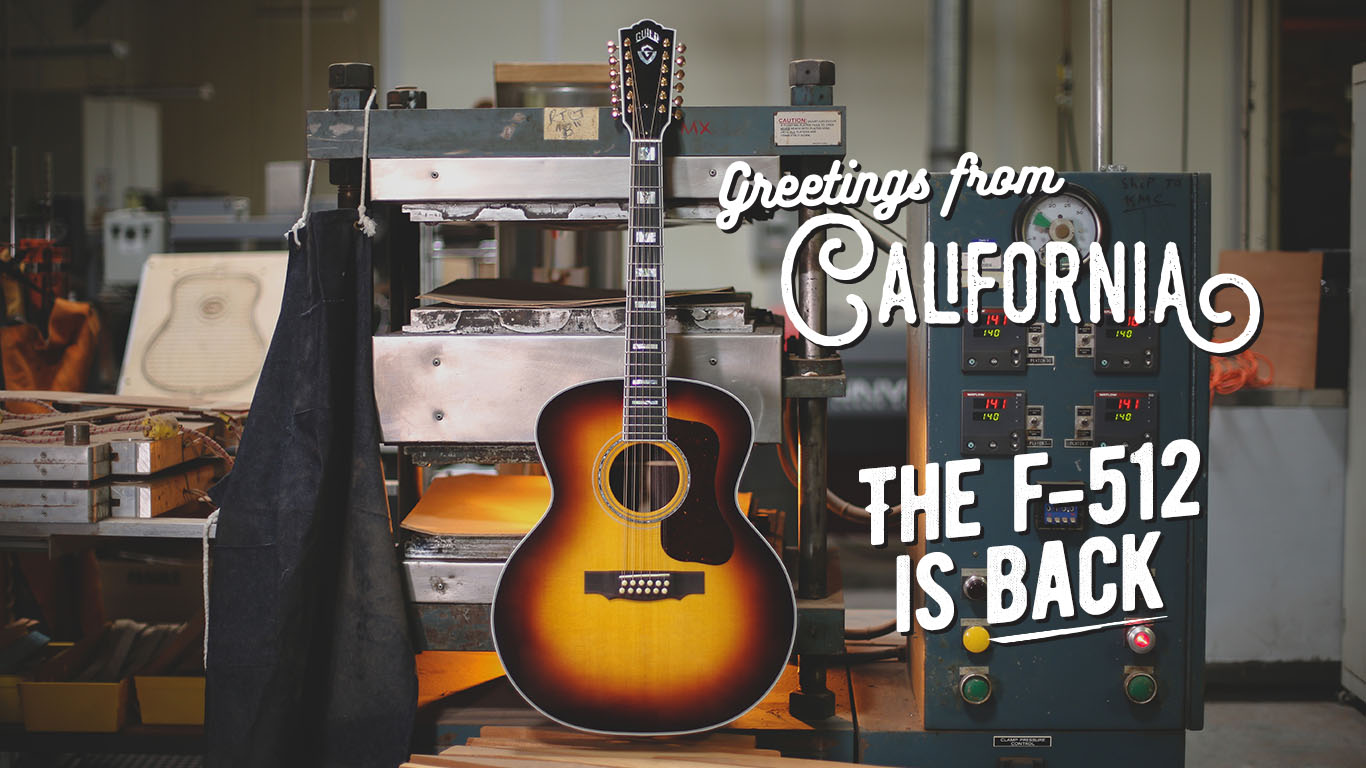By the way, the Guild USA laminated backs are not laminated like plywood, the Guild "plys" are all tonewood Maple (or mahogany as well in the past), no cheap filler woods for the inner layers. This was the same for all laminated back Guild USA models in the past. I simply assume without knowing that Oxnard is using the same production process as in the past.
Ralf
Ralf, I'm absolutely positive that in the past Hans has stated that inner layers of the laminate were usually some "filler" wood such as poplar, in Westerly, anyway.
And it doesn't matter if the inner layers are filler, the point is, it's the outside layer that's doing the reflecting and tone coloring.
Ah, here it is, post #10.:
http://www.letstalkguild.com/ltg/showthread.php?162138-D15m-has-a-plywood-back
EDIT: It occurs to me that
tops (as in the archtop family) might be another issue, the specific context of that original statement was about arched
backs.
Also, I suspect that detail about the press being used for only 34 years is incorrect, I think it's a lot older than that.
It's one of my pet topics and a couple of years back I even nominated it for the single most iconic piece of Guild tooling.
It's true I never found any confirmation that it was actually used in Hoboken but I'm pretty darn sure it was in use in Westerly long before 1985.
And while this doesn't prove me right, there
are a lot of little erroneous details on their site, some of which have been noted in past.
Here're a few from the "History and Heritage" page:
"In 1983, the Talking Heads' groundbreaking live concert "Stop Making Sense" is filmed. Lead singer David Byrne uses his solid-body Guild."
As far as I know Byrne never had a solid body Guild, in any case what he uses in
Stop Making Sense is a BC Rich as identified here:
https://www.ultimate-guitar.com/forum/showthread.php?t=519055
What we
do recognize him for is his F15ce, so at least get it right, Cordoba!
And:
"..and Bonnie Raitt picks up her first Navarre F-50, which is a new version of the F-50 with rosewood back and sides."
The F50
started as the Navarre in '54, the rosewood F50 was an F50R.
Finally:
"In 1969, Richie Havens wows the world when he opens the Woodstock Festival in 1969 with his Guild D-40. The D-40 and D-50 go on to become mainstays in the Guild line."
OK this might be a "semantic issue" but D40's and '50's had already been around since 1963 and were
already mainstays, if you ask me.
Anyway, my confidence in Cordoba's historic accuracy about Guild isn't very high.
ADDED:
Regarding the arched backs and laminated wood this is what Guild wrote on the webpage:
"Guild began its legacy in 1953 by producing archtop electric guitars for the Jazz market in New York city; these guitars were built with arched backs made from pressed laminate maple, a low-cost alternative to hand-carved maple backs typical in Jazz guitar construction.
As the company grew and began offering flat-top acoustics in 1954, the first models such as the F-30, F-40 and F-50 shared this pressed laminate arched back construction, which became a Guild trademark. Other classic Guilds like the D-25 and F-412, icons of the brand’s history to this day, represent this unique combination of acoustic flat top and arched back guitar construction. In addition to its classic look and ergonomic comfort, an arched back design prevents the need for the added support of back braces, reducing weight while increasing projection and volume, contributing to the revered Guild sound for which these historic models are so well loved."
Ralf
Following up on my issue with Cordoba's credibility in certain things, while it's true that I could have been more clear about when Guild actually started using the laminated arched back (I could have specified "arched backs
on flattops", but since the discussion was
about flattops I let it slide); I still found some of their statements about the virtues of an arched back to be questionable at best.
"Ergonomic"? When has anybody around here ever stated that was an advantage of an arched back?
And the lack of bracing contributing to the sound?
In fact it's the parabolic shape, and I suspect a parabolic-shaped back will exhibit the same characteristics whether it's braced or not.
OK maybe it was just poorly worded.
Bracing certainly doesn't get in the way of the sonic characteristics of a traditional braced flat-back.
And finally, while it's probably true that Guild is the master of the flat back design; it's NOT a "trademark" except in the loose usage of the term, in fact Guild probably got it from their Epiphone DNA According to post # 17 here:
http://forum.gibson.com/index.php?/topic/118230-gibson-acoustics-with-no-back-bracing/
"My 1955 NY Epiphone Company FT79 has a laminated arched back. The FT79 was a flattop. The original Epiphone Company started producing laminated arched back FT79’s in 1949. From 1941-1948, the FT79 did not have a lam arched back. Starting in 1949, the Epi FT110, also a flattop, also had a lam arched back. The FT110 morphed into the Gibson owned Epi Frontier in 1958 as the FT79 morphed into the FT79 Texan when Gibson bought Epi. Neither the FT79 Texan or Frontier continued the lam arched back under Gibson ownership of Epi.
Guild debuted guitars circa 1953 from a group of workers/managers who bolted from the NY Epiphone Company (before Gibson bought Epi) when there was some kind of strike going on at Epi or something and formed the Guild Company, producing their first flattops in 1953 based on their workers’ and manager’s knowledge of building guitars from their experience while at Epi. That’s where Guild’s concept of lam arched back guitars apparently came from and why. Also, their initial knowledge of building archtops as well as other guitars.
Hope this helps.
QM aka Jazzmam Jeff"
And to set the record straight, Al Dronge formed Guild with former Epiphone exec George Mann using ex-Epiphone employees who didn't want to move to Philadelphia from New York.
The move was Epiphone's union-defying gesture after the strike correctly mentioned above..


